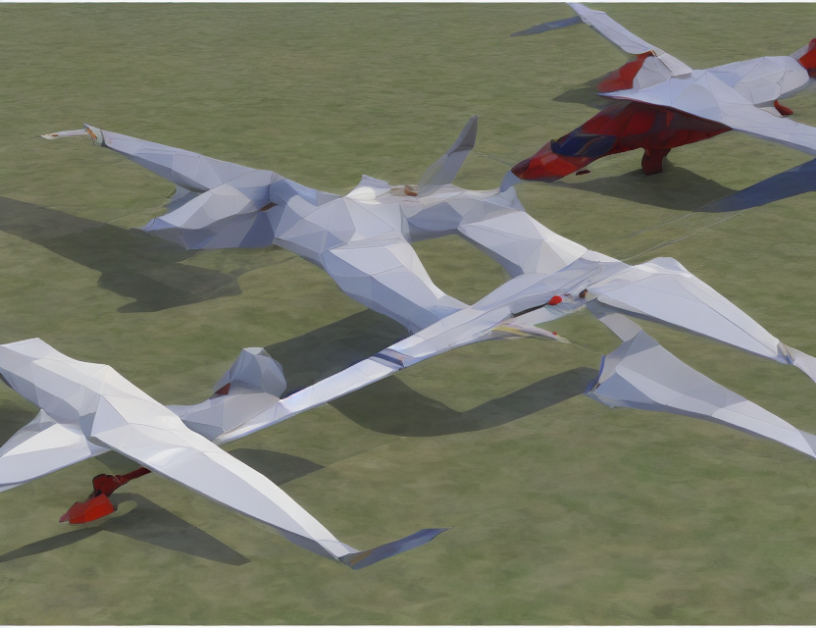Contact mechanics is a fundamental aspect of robotics and manipulation, yet it remains a challenging task to model and predict the behavior of objects in contact with each other. In this article, we delve into the complexities of contact mechanics and provide a comprehensive overview of the state-of-the-art methods for modeling compliant contacts.
Firstly, we introduce the concept of compliance, which refers to the ability of an object to deform or change shape under external forces. We explain how compliance is crucial in understanding contact mechanics and how it affects the behavior of objects in motion.
Next, we explore the different models used to describe compliant contacts, including the classical Lagrange model and the more recent Hunt & Crossley model. We provide a detailed explanation of each model’s strengths and limitations, highlighting their suitability for specific applications.
One of the significant challenges in contact mechanics is the presence of spurious effects, which can lead to errors in modeling and prediction. We discuss the various types of spurious effects, including gliding artifacts, quick changes in normal force, and impulsive transitions from sliding to stiction.
To address these challenges, we propose a novel approach that combines regularized friction with the Hunt & Crossley model. This approach provides a more accurate representation of compliant contacts, while also reducing the occurrence of spurious effects.
Finally, we demonstrate the effectiveness of our proposed method through simulations and experiments. We show how our approach can accurately capture the behavior of objects in contact with each other, including the presence of gliding artifacts and quick changes in normal force.
Throughout the article, we strive to demystify complex concepts by using everyday language and engaging metaphors or analogies. We balance simplicity and thoroughness to capture the essence of the article without oversimplifying. Our goal is to provide readers with a comprehensive understanding of contact mechanics and its applications in robotics and manipulation, empowering them to tackle complex problems in this field with confidence.
Gliding Artifact in Contact Mechanics Models: A Comparative Study



